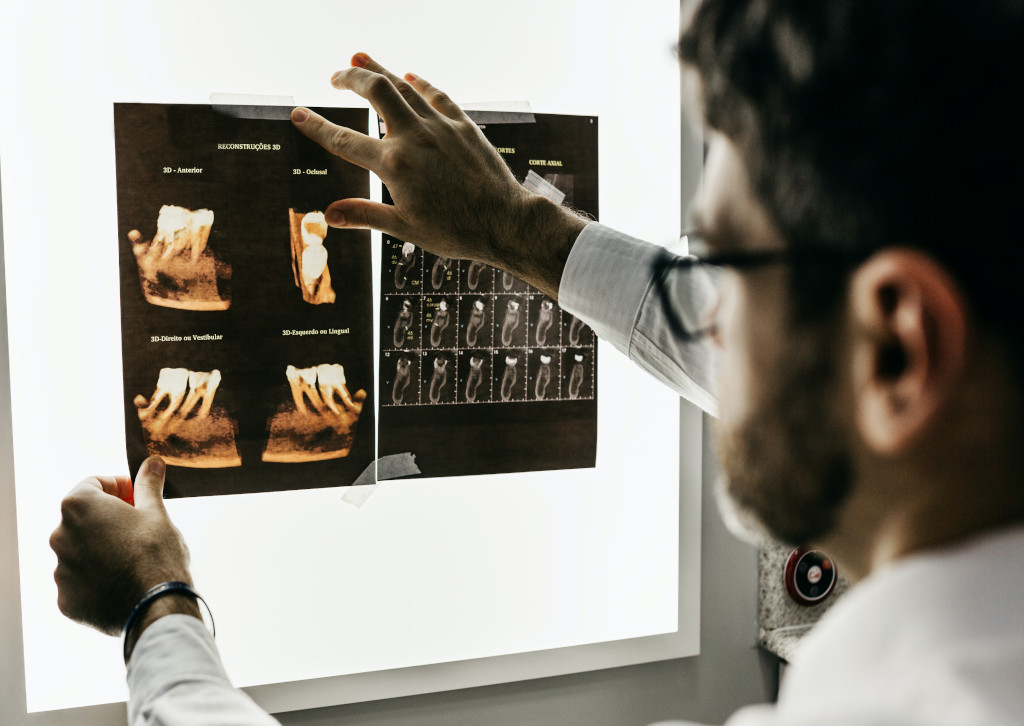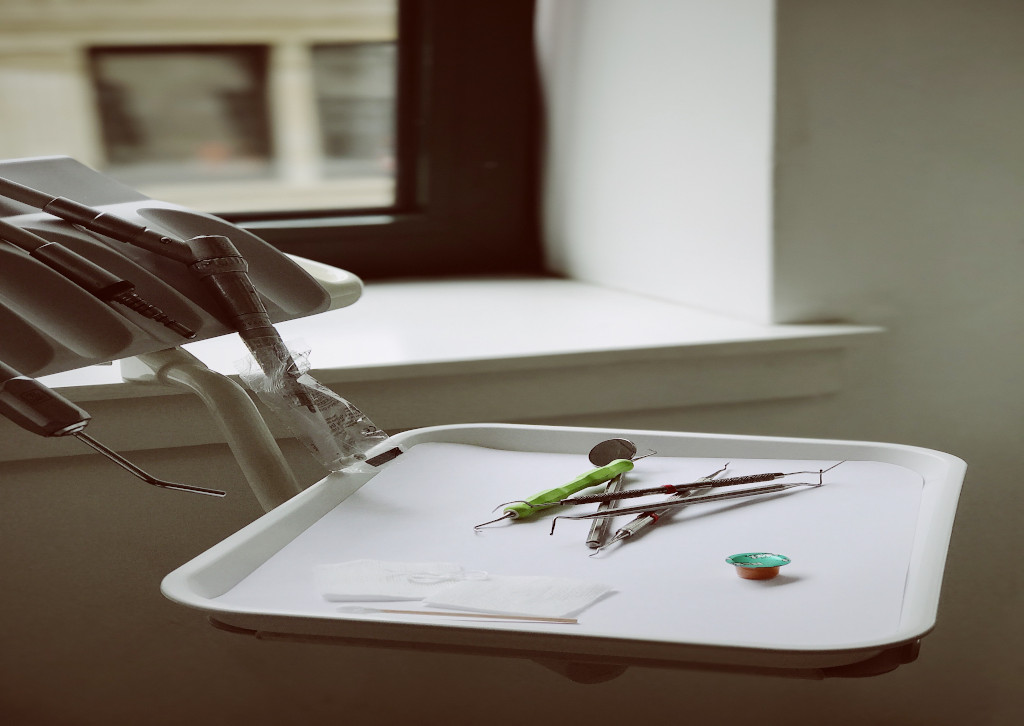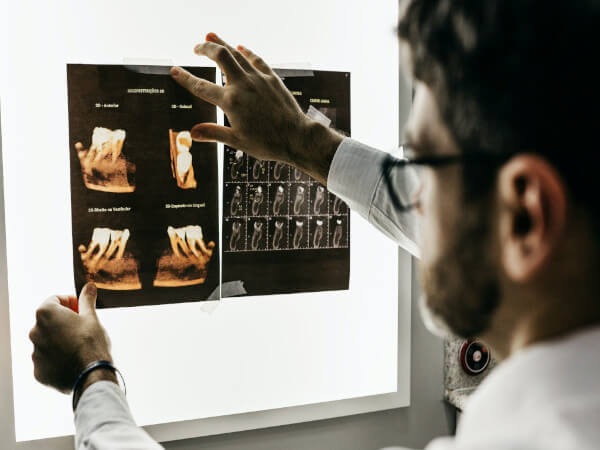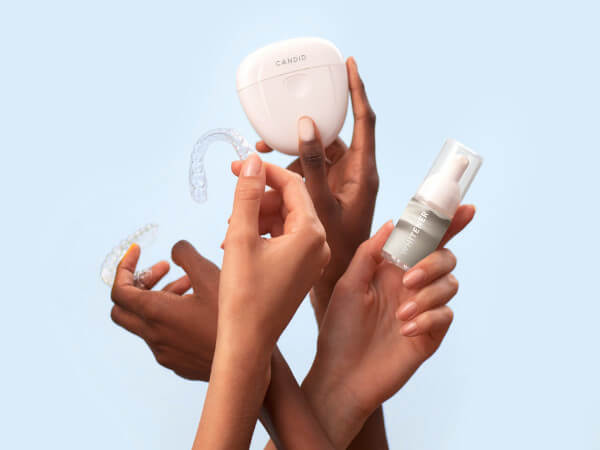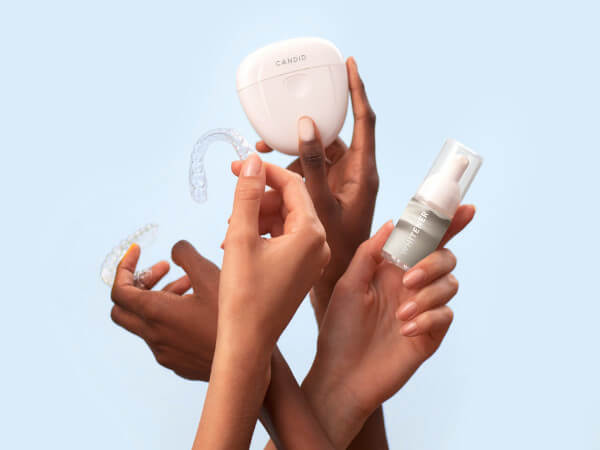Upon writing this post, I was asked, “What does a typical day look like for you?” I must humbly reply that a typical day does not exist for me. That is one of the reasons that I chose to partake in the profession of dentistry.
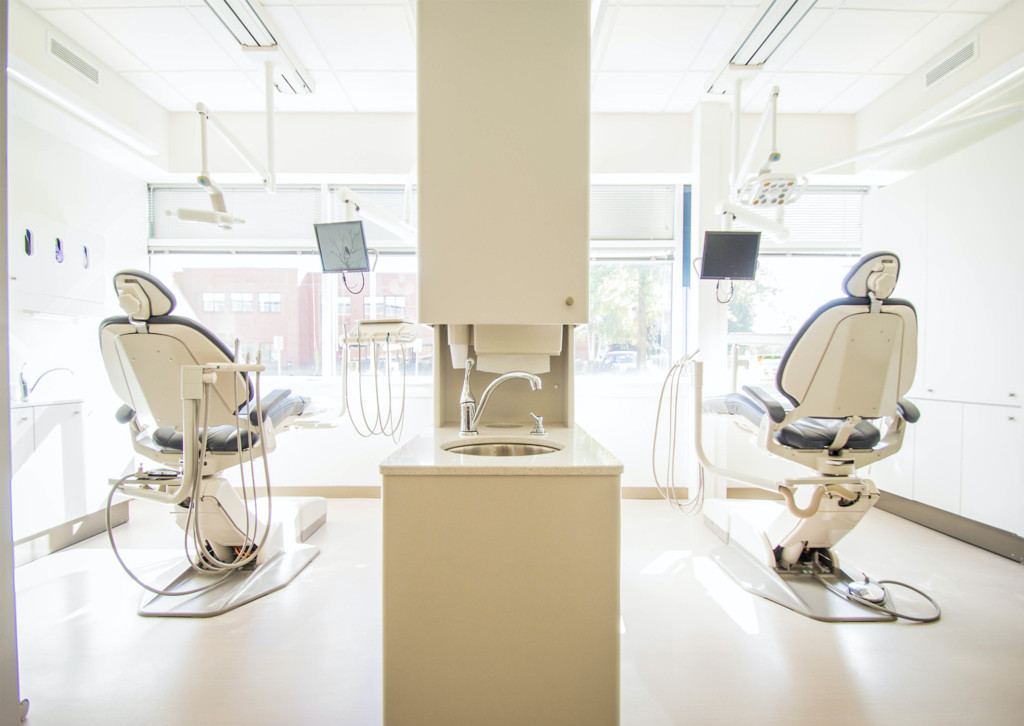
There are a multitude of factors that can contribute to a day in the dental office. One day, it could be a “ho-hum” day of basic hygiene recall exams. The next day could involve a complex series of restorations with subgingival margins, while the subsequent day could involve researching a peculiar fluctuant mass needing a biopsy. Sometimes, a mere morning can encompass all three scenarios before you sit down and have your first cup of coffee. My running joke with my colleagues over the years has been that everyone in the dental community should learn to have an appreciation for iced coffee — as it may be hot when you brew it, but will undoubtedly be cold by the time you consume it.
Jokes aside, it would be wise to take some notes from Edna Mode of Disney’s The Incredibles or Louis Pasteur of scientific fame, who both agree that luck favors the prepared. It is this very preparedness that has kept me in good stead from my dental experiences in both Washington and California. From being a restorative hygiene professor at Eastern Washington University to an insurance dental claims consultant to an active associate in private practice, I have worn many hats throughout my career. This has expanded my network to include all walks of dental life; be it student, 10+ year veteran, hygienist or even a contributor to the ADA New Dentist Now blog team!
How do I manage writing a witty, insightful article while maintaining my role as a dutiful husband, all after a tiring day’s work?
Time management.
Multitasking is the key to effectively and efficiently manage my time. For example, balancing my finances. Does this constitute me sitting down, blocking out an hour to sit and plan out the debits and credits? No, if only I were so lucky to have that amount of time to accomplish this! What this means for me is that while I wait for the water to boil for a morning cup of coffee (still hoping I can get to try it piping hot), I will check bank accounts and emails concerning finances.
Furthermore, my balancing management approach does not stop in the morning. First and foremost, I am dedicated to treating the patient that is in front of me at my brick and mortar establishment, but, if there is a lull in the schedule, that presents the perfect opportunity to help consult and answer online questions through my work in teledentistry.
Interestingly enough, this mentality does not limit itself to only dental-based ideals, as it can facilitate an increased time with family and friends. This multitasking strategy has taught me that if I can complete errands such as getting my haircut or picking up dry-cleaning during my lunch hour, I will have more time to spend with my wife and family.
Another concept that I wholeheartedly support is to invest time and effort into endeavors now that will be fruitful in the future. I opt to engage in organized dentistry, in particular the advocacy side of dentistry. Ever since I became heavily involved with advocacy in 2017, I have learned that we as an organization have been lobbying hard to reform the Mccarran-Ferguson Act. This topic was a stalwart on our list of topics to discuss with officials almost every year.
Recently, we were fortunate to see that our lobbying succeeded and the bill was reformed! In short, by having the reformation, we loosened the grip that dental insurances had on the future reimbursements that they could provide. Our team’s constant discussions with Congressional members facilitated a momentous change to policy. By allocating time and effort now, we can have a better shot at having a better financial future.
It should be noted that with all the wonderful variety of options available to a dentist, we should not bite off more than we can chew, “Like this Camembert [cheese], I am at my most delicious when I’m not spread too thin.” This season 8 quote from the show Frasier exemplifies the need to not be so bogged down with activities that you cannot focus on what is at hand.
Remember, a patient’s emergency does not mean it’s your urgency. Far less the fact that it was most likely recurrent decay close to the pulp that needed a crown before and now needs both a root canal and a crown. But if there are five patients in the waiting room, chair two will not recline and chair five’s air-water just sprung a leak, take a deep breath and know that it’s OK to offer antibiotics and analgesics until you can properly devote appropriate attention to the case.
In summation, how can a little old dentist such as myself commit to so many roles and be productive? The author Paul J. Meyer put it best, “Productivity is never an accident. It is always the result of a commitment to excellence, intelligent planning, and focused effort.”
Dr. Amir Kazim was born in Toronto, Ontario, Canada. He completed his DDS at Howard University in 2014 and an Advanced Education in General Dentistry Program in the subsequent year at Yakima Valley Farm Workers Clinic in Spokane. During his time in Washington State, Dr. Kazim took on roles in many varying capacities such as working in Federally Qualified Health Centers, private practice as well as insurance audits and adjunct professor of restorative dentistry. To this end, Dr. Kazim played an integral role in bringing the merits of teledentistry to Washington by being one of the founding members of their established task force. While keeping busy with dental–related issues, Dr. Kazim enjoys traveling and experiencing new cultures and foods. Having recently moved to California, Dr. Kazim is excited to continue his efforts into this exciting new aspect of dentistry. He is a member of the ADA, the California Dental Association and the Harbor Dental Society.


